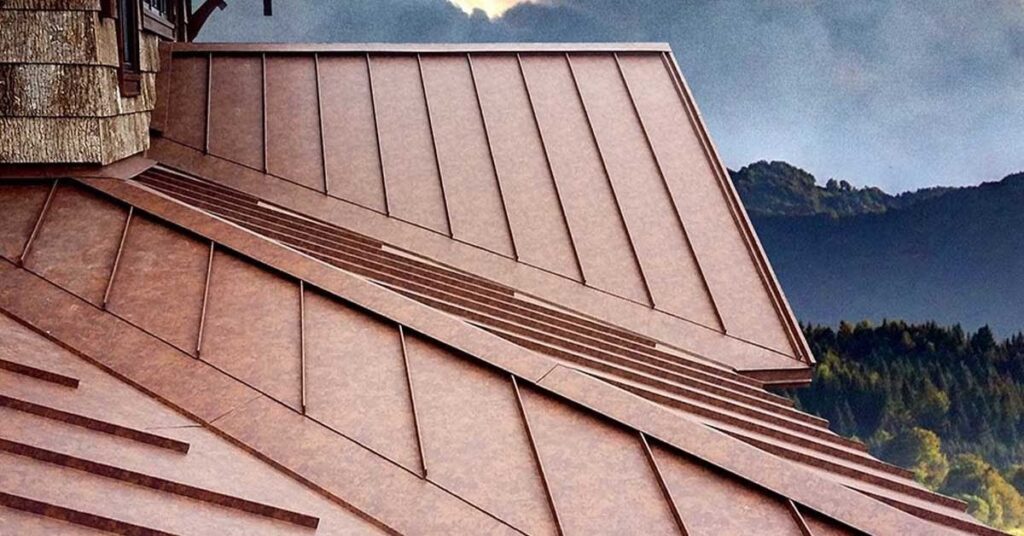Roofing is a critical element of structure for several essential reasons:
Protection from the Elements: One of the primary features of a roof is to provide shelter and safety from environmental parts corresponding to rain, snow, wind, and excessive temperatures. It prevents water from entering the building, which might cause structural injury, mildew progress, and other issues.
Structural Integrity: Roofs play an important position in maintaining the structural integrity of a constructing. They distribute the load of the roof and any loads (e.g., snow) evenly to the partitions and foundation. A well-designed and properly constructed roof ensures the steadiness and safety of the whole construction.
Aesthetics and Design: Roofs are a visual and outstanding part of a constructing's exterior. Architects use roof design to enhance the overall aesthetics of a construction. The shape, materials, and magnificence of the roof can contribute to the architectural character and attraction of a building.
Environmental Considerations: Sustainable architecture locations an emphasis on vitality effectivity and environmental duty. Roofing materials and design can impression a building's vitality efficiency. For instance, cool roofs can reflect more daylight and take in less heat, reducing cooling prices and concrete heat island effects.
Natural Lighting and Ventilation: Roof design can incorporate features like skylights, dormers, and roof vents to provide pure lighting and ventilation inside a building. This can enhance indoor comfort and cut back the necessity for artificial lighting and mechanical ventilation.
Historical and Cultural Significance: In some architectural types, corresponding to Gothic or Victorian, the roof could be a key factor that reflects the historic and cultural context of a constructing. Roof particulars and shapes can inform a story concerning the period in which a construction was built.
https://roofrestorationcampbelltown.com.au/metal-roofing/ : Roof design can create additional usable space within a building, such as attic rooms, rooftop gardens, or out of doors residing areas. Architects typically contemplate tips on how to maximize house and functionality when designing roofs.
Energy Efficiency: Energy-efficient roofing supplies and design can contribute to a constructing's overall energy efficiency. Proper insulation and air flow may help regulate indoor temperatures and cut back heating and cooling prices.
Safety and Fire Resistance: Roofing supplies are chosen with safety in thoughts. Some materials, like fire-resistant roofing, can help forestall the spread of fires in a building, offering useful time for occupants to evacuate.

In summary, roofing is a basic side of architecture that mixes functional and aesthetic considerations. It not only protects the interior of a building from the weather but additionally contributes to the overall design, sustainability, and safety of a construction. Architects fastidiously consider roofing supplies, shapes, and options to attain their design targets while guaranteeing the comfort and well-being of building occupants..
